News | July 7, 2015
In Alaska's ‘last frontier,' climate change provides new horizons for invasive species
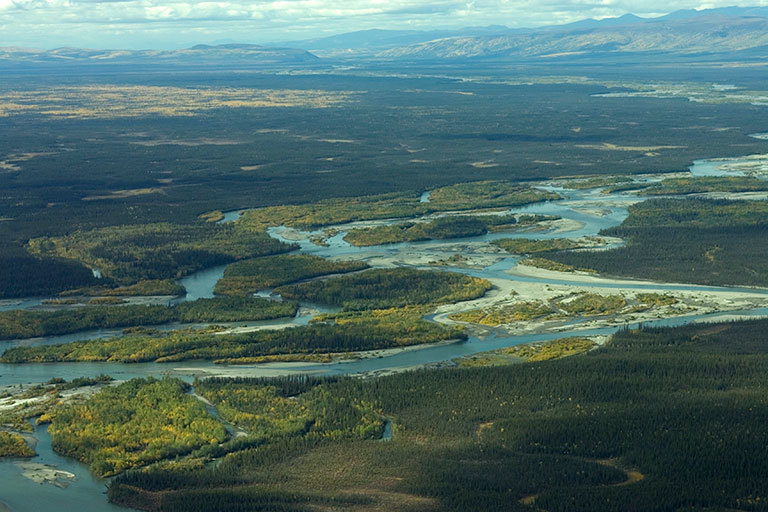
Alaska’s Yukon Flats National Wildlife Refuge is a land of towering spruce trees, plentiful lakes and the branching rivers. Grasslands and deciduous trees could replace those iconic evergreen forests if current climate change projections continue and, in turn, open the door to new invasive species. Credit: U.S. Fish and Wildlife Service. View larger image.
The Yukon Flats National Wildlife Refuge in Alaska encompasses 11.2 million acres, making it slightly larger than the entire state of Maryland. That’s a lot of ground to cover for the refuge’s 14-person staff, especially considering that the best way to get around is by floatplane or boat—or, in the winter, ski-plane, snowmobile or dog sled.
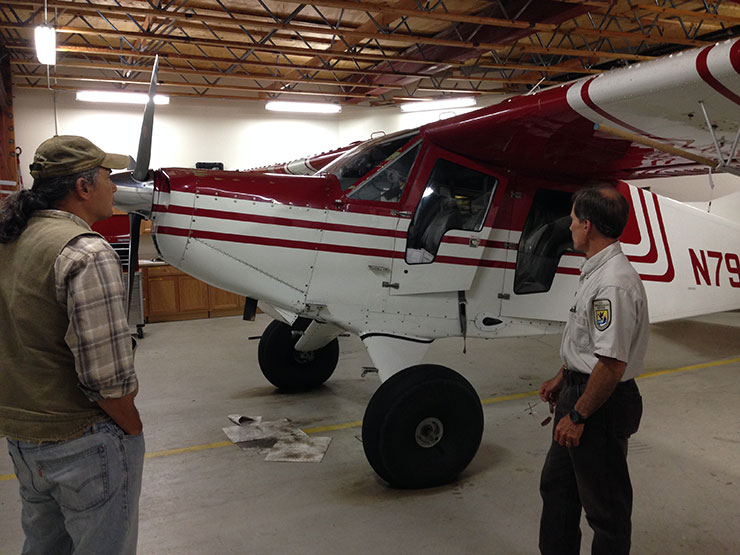
“I would say we’re kind of behind the ball up in Alaska,” said Mark Bertram, a wildlife biologist supervisor at the refuge. “We’ve got invasive species here, and we’re just now starting to deal with them over the last five years. So we’re really behind on the inventory work and just trying to basically establish where invasive species lie.”
That’s where satellite data and habitat modeling software become vital tools for scientists and land managers.
Matt Luizza is a Ph.D. student studying ecology at Colorado State University. In the summer of 2014 he and two other CSU students, Amanda West and Linnet Jose, participated in a 10-week NASA DEVELOP program. They used NASA satellite data to model the potential spread of white sweet clover, an invasive plant taking over parts of the landscape near the refuge and endangering the survival of native plants.
“Climate change poses this slower pace of change—increasing or decreasing the suitable conditions for certain species,” Luizza said. “I do think in general, especially for Alaska—where climate is changing faster than a lot of other places in the world—it’s sort of the canary in the coalmine [for] these slower-paced changes.”
Habitat changes, no matter how slow, have a cascading effect on the ecosystem, Luizza said. If a native species’ ability to survive decreases, it increases the likelihood that an invasive species will gain a foothold.
Mapping the refuge
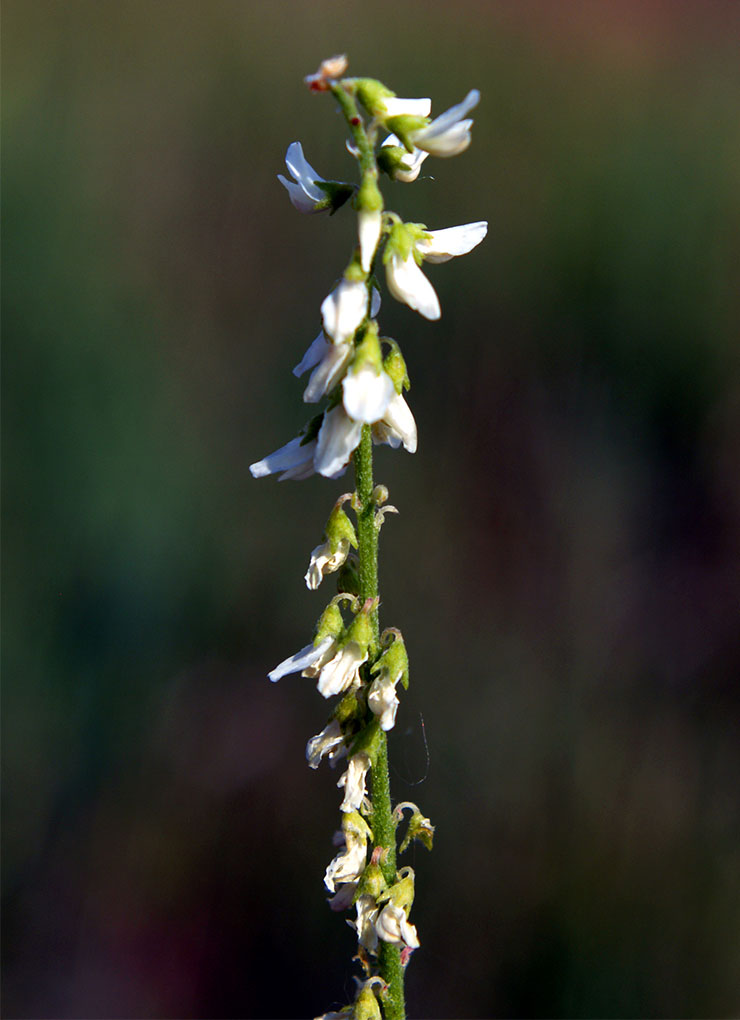
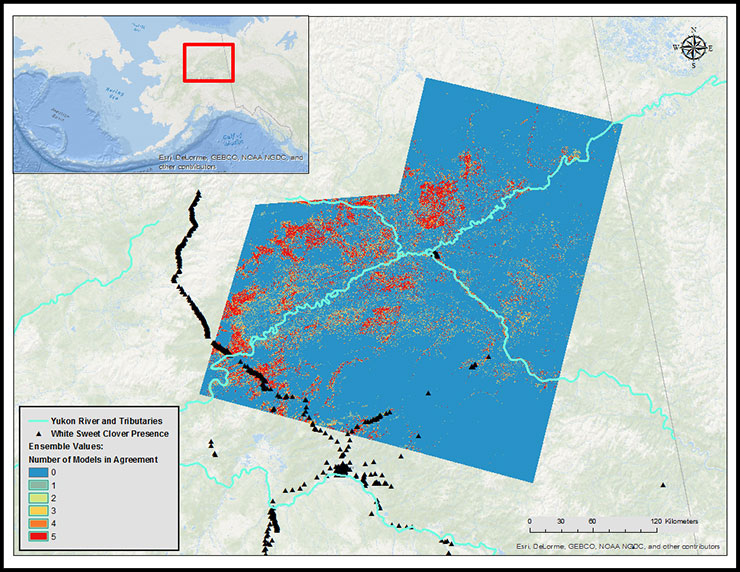
They then turned these maps over to Bertram and the rest of the U.S. Fish and Wildlife Service staff at the refuge. They are using the CSU teams’ models to guide when and where they spend money and send out teams to look for and treat new populations of invasive species. Bertram said the most common sources of invasive species spread are roads and floatplanes, but with seven airports and thousands of lakes within the refuge, the team’s models help them narrow their focus.
“Historically, we’ve looked at how invaders could potentially spread through trade and transportation—through all sorts of different mechanisms,” said Paul Evangelista, a research scientist at the Natural Resource Ecology Laboratory and director and science advisor for the NASA DEVELOP program at CSU. “However, only recently have we started looking at the influence of climate change. And when you get to areas in the northern latitudes, such as Alaska, or higher elevations such as the Rocky Mountains here in Colorado, we can witness more abrupt changes in climate patterns. So basically we’ve been monitoring, over the last five to 10 years, a surge in the spread of invasive species.”
Pushing northward
Even the distributions of native species have been changing, often moving further northward where they aren’t welcome. Evangelista used the example of mountain pine beetles in Colorado. There the beetles are a natural part of the forest lifecycle. Hard winters kill many beetles and eggs, keeping populations in check. As temperatures have warmed, though, the beetles have gone from reproducing once a year to twice a year—resulting in an increase of infestations over the last decade.
Warmer temperatures have also allowed the beetles to move northward into new areas of Canada where the pine trees have no natural defenses against them, Evangelista said.
“The projection [over the next 100 years] is that we’re going to change from a conifer- or a spruce-dominated landscape into more of a grassland, deciduous landscape. That’s a 180 degree change,” Bertram said of the refuge. “We’ve already experienced increases in temperature. We have a two-week longer growing season in Alaska than we had 30 years ago. If those projections continue, then we’re going to switch over to a deciduous kind of grassland habitat and that’s going to open the door to some invasives. It might close the door for others.”
A lifestyle at risk
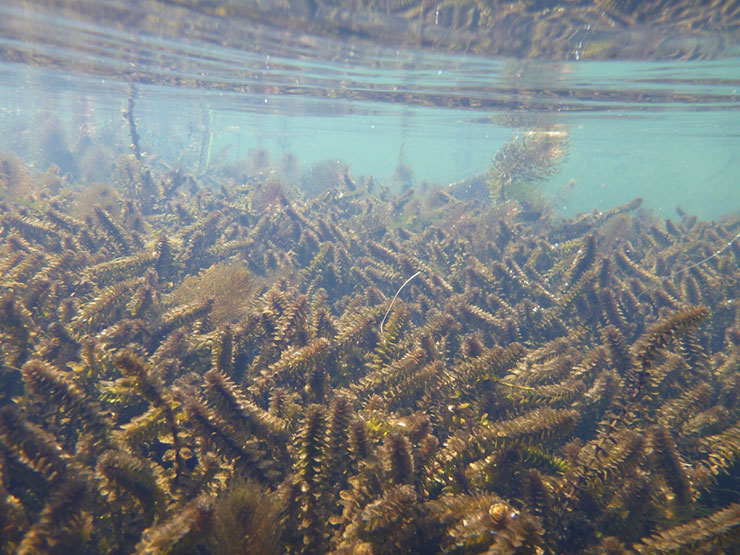
“One of the purposes for our refuge is to provide for a subsistence opportunity. That’s really one of our mandates,” Bertram said. “It’s very important to the refuge and the Fish and Wildlife Service to understand what potential threats may be down the road that might impact a local person’s opportunity to harvest a salmon or pick blueberries, for instance.”
Much of Luizza’s dissertation research outside of the NASA DEVELOP project revolves around consulting with members of indigenous groups about what kind of changes they’ve been seeing in the climate and invasive populations. Luizza said his aim is to understand the community’s needs and questions and then provide the geospatial tools they need to meet their goals. It’s a collaborative effort between many different organizations, he said, including the U.S. Fish and Wildlife Service, the U.S. Geological Survey, Alaska Natives and state and local governments.
“Having the NASA project was a really nice platform to bring together all these different groups that in many cases weren’t talking to each other but have a lot to offer each other,” he said.





